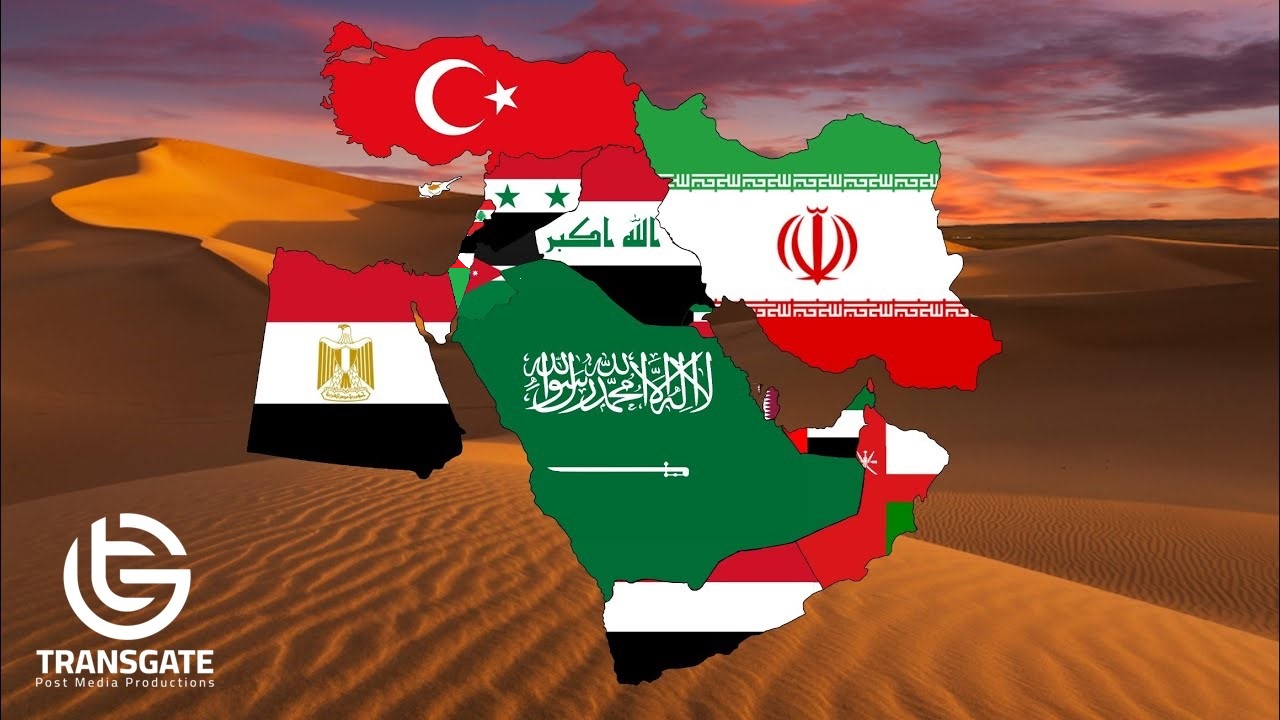Too Many Requests from Your Network
Please complete verification to access this content.
As the world becomes more interconnected, it is crucial for businesses to adapt and seize emerging opportunities. Today, I want to shed light on the immense potential that lies in providing media content in Arabic to attract the growing number of immigrants and refugees in Europe. Not only does this offer significant financial benefits, but it also opens the door to exciting prospects in the ever-expanding Arab market.
Connecting Cultures:
Europe has experienced an influx of immigrants and refugees from various Arab-speaking nations in recent years. By catering to the diverse linguistic needs of this population through Arabic media content, companies can bridge cultural gaps, foster inclusivity, and create a sense of belonging. This builds stronger connections with these communities and paves the way for mutually beneficial partnerships.
Financial Advantages:
With a significant population of Arabic speakers in Europe, providing media content in Arabic presents an opportunity for businesses to tap into a vast consumer base. By catering to the linguistic preferences of these communities, OTTs and online platforms can attract a loyal audience and increase viewership and engagement. This, in turn, opens up new avenues for monetization through advertising, subscriptions, and partnerships.
Enter the Arab Market:
Expanding into the Arab region market is an enticing prospect for businesses seeking growth and expansion. By offering Arabic media content in Europe, companies can position themselves as experts in the field and gain valuable insights into the preferences and demands of Arab consumers. This knowledge can be leveraged to enter the Arab market more confidently, armed with a deep understanding of the target audience.
The Arab Market in Numbers:
The Arab market boasts tremendous potential and is rapidly expanding. With over 400 million Arabic speakers worldwide, it presents a vast consumer market hungry for high-quality content. Furthermore, the Arab region has witnessed a surge in internet penetration and smartphone usage, leading to increased demand for online media platforms. By providing Arabic content to European audiences, companies can build brand recognition and establish a foothold in this dynamic and promising market.
Online Platforms and OTTs:
OTTs (Over-The-Top) platforms and online streaming services have revolutionized the way we consume media. By prioritizing the provision of Arabic content to European viewers, these platforms can cater to a diverse and growing audience, generating higher user engagement and attracting advertisers seeking to reach this valuable demographic. The success of platforms offering multilingual content is evident, and those embracing Arabic content are well-positioned to capitalize on this untapped opportunity.
In conclusion, the importance of providing media content in Arabic to the growing number of immigrants and refugees in Europe cannot be overstated. By doing so, businesses unlock financial benefits, gain insights into the Arab market, and establish themselves as leaders in bridging cultural gaps. Let us seize this opportunity, connect communities, and embrace the power of Arabic media content in Europe.
If you’re interested in exploring this topic further or discussing potential collaborations, please don’t hesitate to reach out. Let’s shape a more inclusive and prosperous future together!







